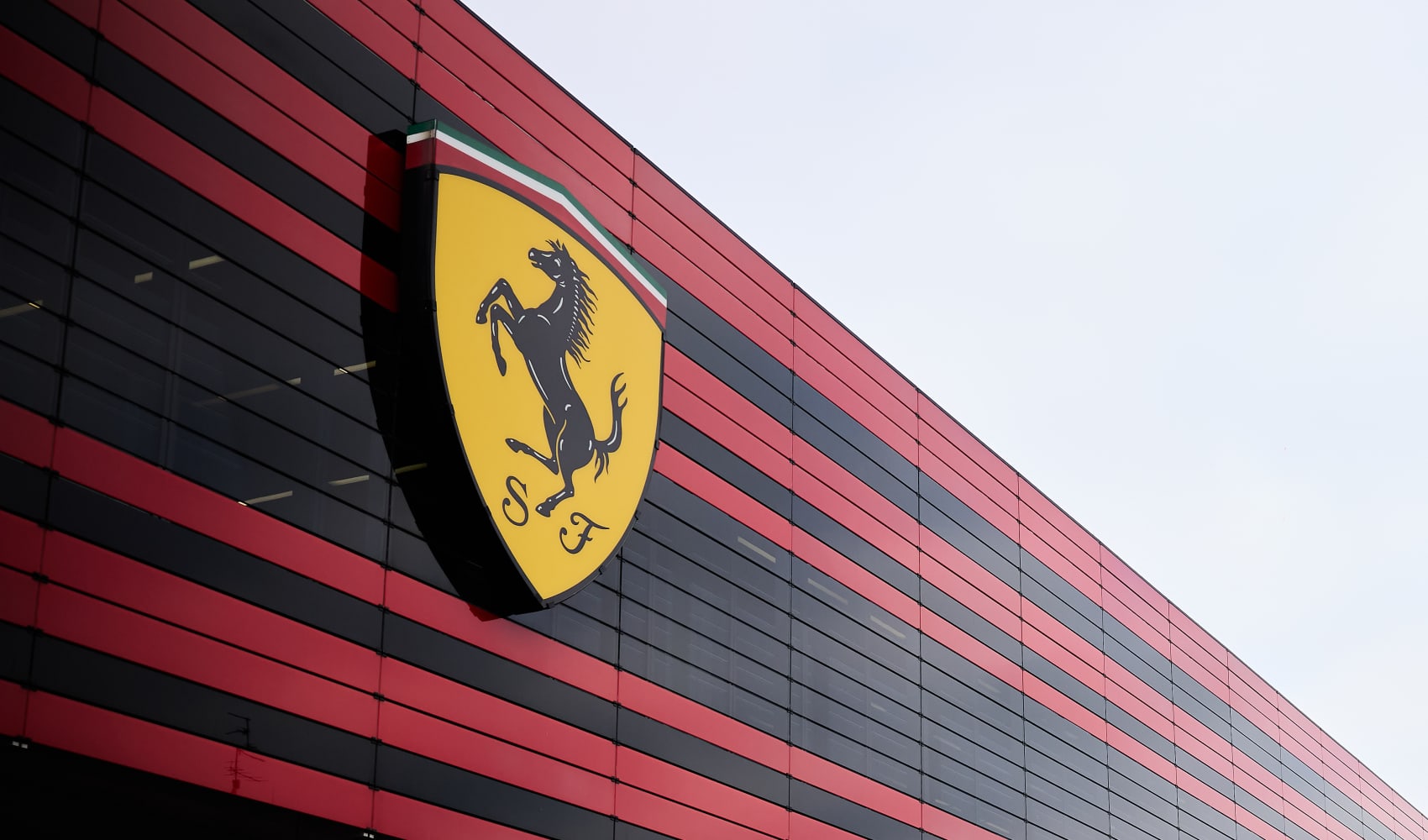Lando Norris Wins! Miami F1 Sprint Race Mayhem
Lando Norris Triumphs in Miami Mayhem: A Rain-Soaked Sprint Race Victory!
Introduction: A Surprise Winner in a Chaotic Race
Well, folks, buckle up because the Miami Sprint Race was a wild ride! Lando Norris, behind the wheel of his McLaren, emerged victorious in a rain-affected, crash-filled spectacle that left fans on the edge of their seats. Who would have predicted such a dramatic turn of events? From surprise overtakes to safety car finishes, this race had it all. Let's dive into the details of this unforgettable Sprint Race.
The Start: Norris's Lightning Launch
Norris, starting from third, had a fantastic start, immediately jumping into second place. That initial surge set the tone for his race. It showed everyone that he meant business. A strong start is crucial in Formula 1, and Norris capitalized perfectly.
Overtaking Piastri: A McLaren Battle
The key moment came during a flurry of pit stops towards the end of the race. Norris managed to overtake his McLaren teammate, Oscar Piastri. Did anyone expect Piastri to concede so easily? Well, he didn't have much of a choice. Norris was on a mission!
Team Radio Excitement (or Lack Thereof?)
After crossing the finish line, Norris's team radio message was surprisingly subdued: "Lovely job. Well done boys." Understated, wouldn't you say? But, hey, maybe he was just saving his energy for the podium celebrations. Or maybe he was just stunned! The calmness on the radio masked the exhilaration of the victory.
Norris's Redemption: From Championship Lead Loser to Sprint Race Winner
This victory is particularly sweet for Norris after facing some struggles in recent races, even losing the championship lead to his teammate Piastri. This win is a massive confidence boost and a sign that he's ready to fight for more. Talk about bouncing back!
Hamilton's Encouraging Performance: A Sign of Ferrari Progress?
Lewis Hamilton, now with Ferrari, secured a commendable second place. This is significant, considering his tough start to the season. "I’m so happy with that," he exclaimed. "It’s been a tough year so far." This result is undoubtedly a morale booster for him and Ferrari.
Seven-Time Champion's New Chapter
Hamilton's move to Ferrari has been highly anticipated, but it hasn't been smooth sailing. This second place could be the turning point. Can he replicate this performance in the main race?
Mercedes' Nightmare: Antonelli's Unfortunate Race
The race was a disaster for Mercedes rookie Kimi Antonelli, whose sprint race... (content truncated - assuming further negative events)
Rain, Rain, Go Away... Or Maybe Stay?
The rain played a pivotal role in the race, creating slippery conditions and contributing to the chaos. Some drivers thrived in the wet, while others struggled. It just proves how unpredictable motorsport can be.
The Impact of Weather on Strategy
The changing weather conditions forced teams to make quick decisions about tires and pit stops. Those who got it right were rewarded, while those who faltered paid the price. Who made the right calls?
Crashes and Carnage: A Race of Attrition
The race was littered with crashes, resulting in several safety car periods. The drivers were pushing hard, and the conditions were treacherous. The track became a graveyard for shattered dreams and broken carbon fiber.
The Role of the Safety Car
The safety car bunched up the field multiple times, creating opportunities for overtakes and restarts. But it also added an element of luck. Did the safety car benefit Norris?
McLaren's Double Delight: A Strong Showing
McLaren had a fantastic race overall, with Norris winning and Piastri finishing second. This is a testament to the team's hard work and the car's performance. Could this be the start of a McLaren resurgence?
Strategic Masterclass: The Pit Stop Shuffle
The timing and execution of the pit stops were crucial in determining the outcome of the race. Teams had to react quickly to the changing conditions and make the right tire choices. The pit lane became a high-stakes chess match.
The Finale: Safety Car Finish
The race ended under the safety car as marshals worked to clear debris from the track. A somewhat anti-climactic finish, but a win is a win! Did the safety car rob us of a thrilling finish?
The Miami Atmosphere: A Blend of Glamour and Racing
The Miami Grand Prix is known for its glitz and glamour, and this year's Sprint Race was no exception. Despite the rain, the atmosphere was electric. Miami brings a unique vibe to Formula 1.
Conclusion: A Victory Against the Odds
Lando Norris's victory in the Miami Sprint Race was a testament to his skill, his team's strategy, and a bit of luck. The rain-soaked, crash-filled race provided plenty of drama and excitement. It was a race that will be remembered for its unpredictability and the triumph of a driver who seized the opportunity. From Hamilton’s resurgence to Mercedes’ woes, the Miami Sprint Race has set the stage for an even more exciting Grand Prix.
Frequently Asked Questions
Q: What made Lando Norris's victory so surprising?
A: Norris had been struggling in recent races and lost the championship lead to his teammate. This win came against the odds, making it a significant turnaround.
Q: How did the rain affect the race?
A: The rain created slippery conditions, leading to crashes and impacting tire strategy. It added an element of unpredictability to the race.
Q: Was the safety car finish controversial?
A: Some fans felt that the safety car finish robbed them of a potentially thrilling final few laps. However, the debris on track made it necessary.
Q: What does this result mean for Lewis Hamilton and Ferrari?
A: Hamilton's second place is an encouraging sign of progress for him and Ferrari, suggesting that they are starting to find their rhythm together.
Q: Did McLaren's double podium change the championship standings?
A: While it provided great points for the team, the full impact on the championship standings can only be assessed after the main race.

